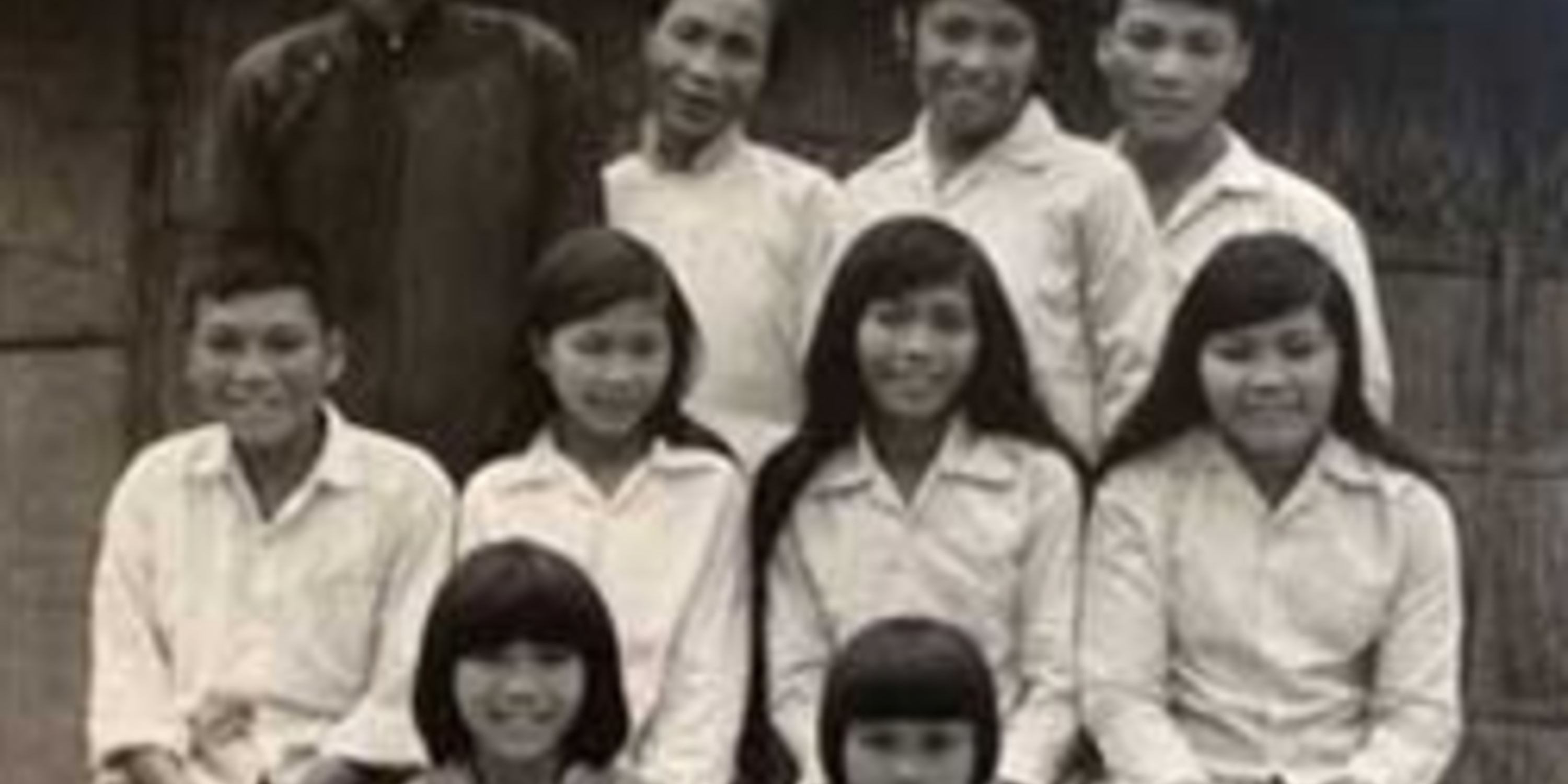
This lesson explores different perspectives revolving around the Vietnam War in the United States and Vietnam during the period and post-war. This lesson ties into the standard and article by highlighting the importance of Communism, one key aspect of the Cold War, and also analyzing the voices from both sides of the conflict. The Origins article chosen highlights the role and impact the United States had in the Vietnam War, trying to prevent the spread of Communism, and the damage done through bombings and Agent Orange on Vietnamese citizens. The lesson plan analyzes the impact the Vietnam War had on the Vietnamese and decisions made to involve the United States in the Vietnam conflict through primary and secondary sources of testimonies. The lesson starts off by introducing pictures from the Vietnam War to underscore the severity of the lesson and allow for a deeper, visual, connection of what the conflict was like. After the images, a basic foundation of what the Vietnam War was is established, key points are who was involved, why the conflict was happening, the impact, and aftermath. Students will then move into reading five sources that include: United States perspective for wanting to join the Vietnam War, United States perspective for not wanting to join the Vietnam War, and three accounts of how the Vietnam War was personally viewed and impacted the Vietnamese people. Students will also be answering questions about each source to allow deeper processing of the content and have time to unpack the meaning of the source packet in a group discussion. Students will have to understand the complexity of the Vietnam War through both sides and then make a final judgement as to how the conflict impacted those who were involved. This will require students to draw on information from the origins article and standard to answer the question. The goal of the lesson is for students to see how the Vietnam War was a complicated situation that had long term negative effects for both countries and their people.
Instructional Strategies:
• Image Slideshow
• Lecture
• Document-based Questions
• Formative Assessment
